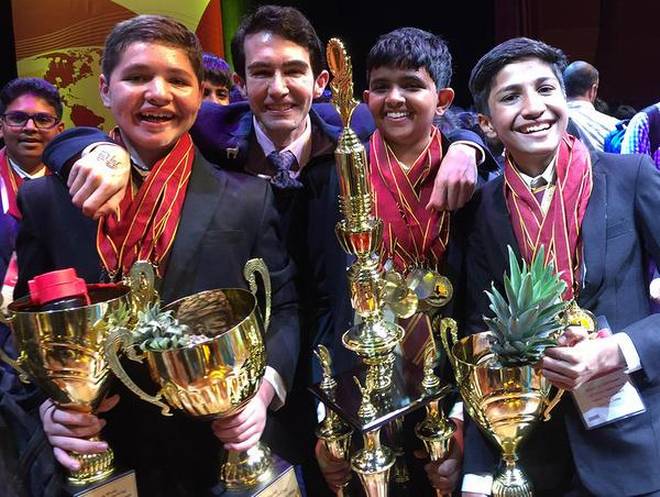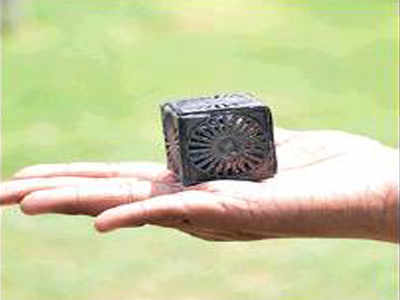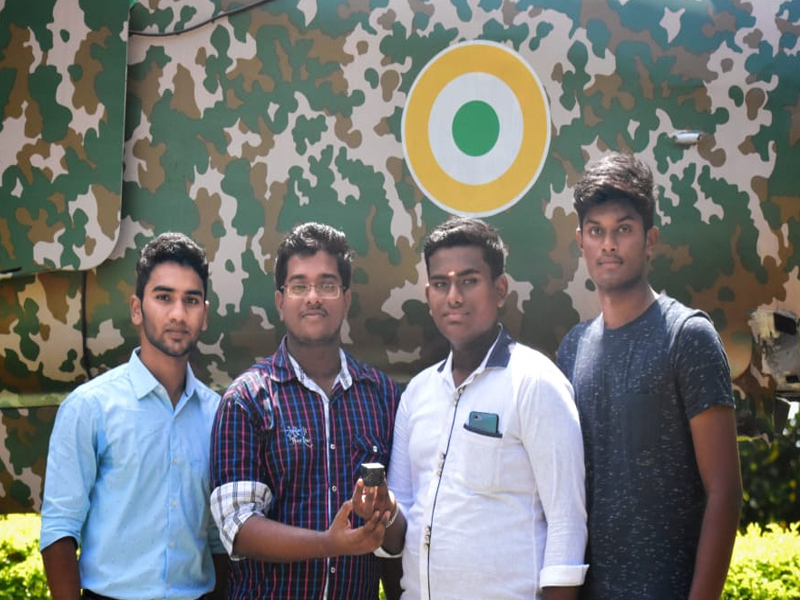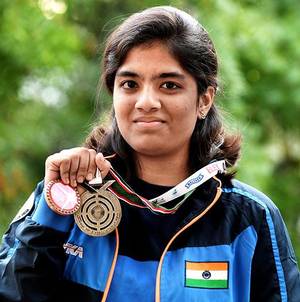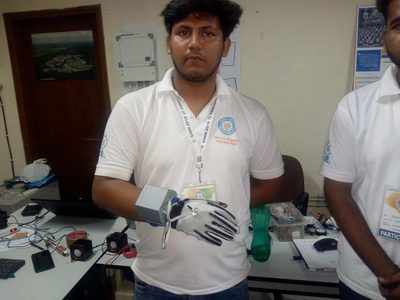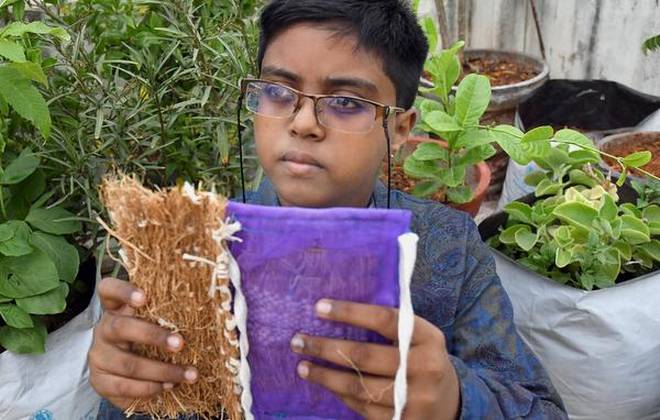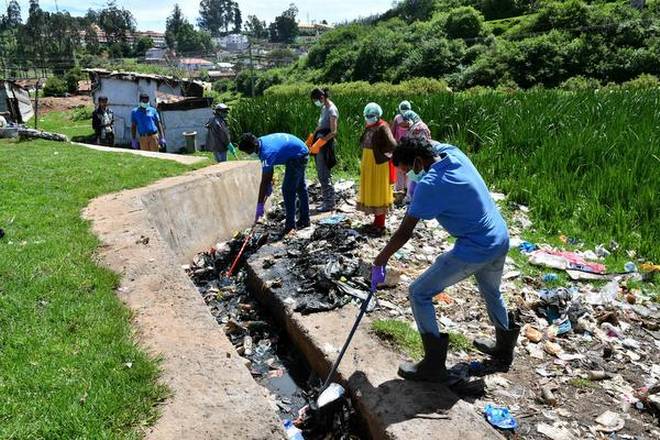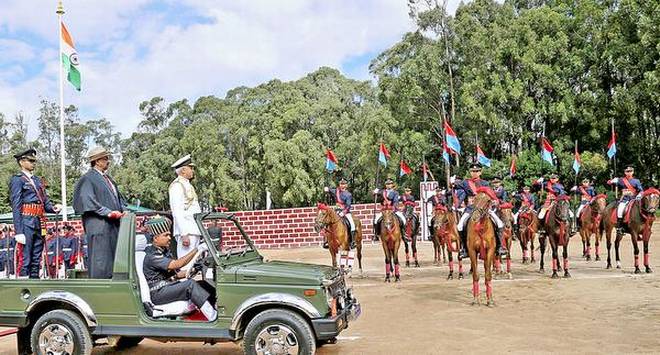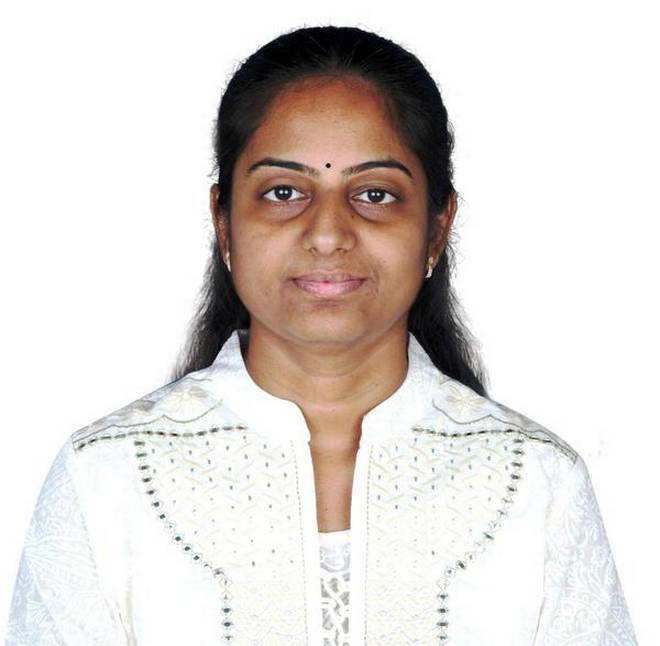
Thanks to that recorder of the stories of famous old houses in Madras, Sriram V, I recently discovered where a once-legendary old family of Madras, the Tawkers, had their mansion. After passing out of the Tawker hands into Government’s hands in 1925, it became the residence of the Rajah of Panagal (pronounced Paanagal) when he was the Premier of Madras. He stayed there till 1928. Tawker’s Gardens then became Limbdi Gardens, when the Raja of Limbdi (in Gujarat) acquired it. Next we find the University of Madras renting it in the 1930s for some of its departments and staying there till 1948 when it was auctioned. The buyer was the Muslim Educational Association of South India (MEASI) and there it developed in the 12-acre campus on Peter’s Road what is today New College, a name inspired by an eponymous one in Oxford. The college opened in 1951.
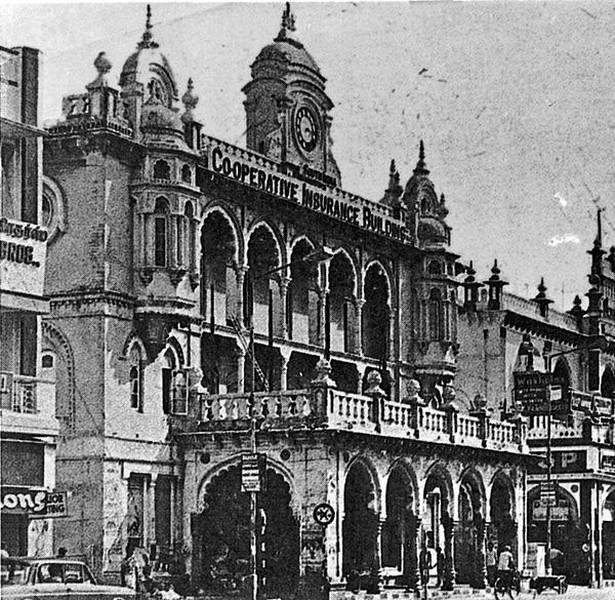
The Tawkers were one of the earliest Gujarati families to settle in Madras, moving here from Trichinopoly in the early 18th Century. In time, they were to become the leading gem and jewellery merchants in South India, under the name TR Tawker and Sons from 1761. As befitting their status they had Henry Irwin design a palatial headquarters building for the firm on Mount Road. The Indo-Saracenic-styled building was built in the 1890s by T Manavala Chetty, a leading contractor. The Tawker Building, like Tawker’s Gardens, passed out of the family’s hands when the firm’s dues from many of the leading citizens of the South, particularly the Nizam of Hyderabad (or, rather, his estate when he died), were not paid, leading to bankruptcy in 1925.
Tawker’s Building, next to what is now VGP’s main showroom on Mount Road (but once Victory House, home of the then leading Tamil daily, Swadesamitran), after its sale, became the property of the Maharajah of Venkatagiri in 1926. It next passed into the hands of Kasturi Estates (The Hindu family) in 1931. The South India Cooperative Insurance Company bought it in 1948 as its headquarters and when insurance was nationalised it became LIC property. In 1953, the year Indian Airlines started, its Madras office moved into a part of this spaciousness. Indian Airlines remained there till 1980 before it moved out whereupon the building, an architectural heritage building if ever there was one, was pulled down by the LIC and a mundane highrise took its place, now housing several offices.
The philanthropy of the Tawkers was legendary. Two women of the family, Ramba Bai and Ratna Bai, set up a trust in 1804 and the next year built the Sri Kasi Viswanathar Temple in Ayyanavaram. Other charities they endowed included building a choultry, now an agraharam, next to the temple. The Tirupati umbrellas taken to the Seven Hills from Madras are traditionally kept in this temple for one night before their onward journey. Trichy is also a place that has benefited from Tawker munificence.
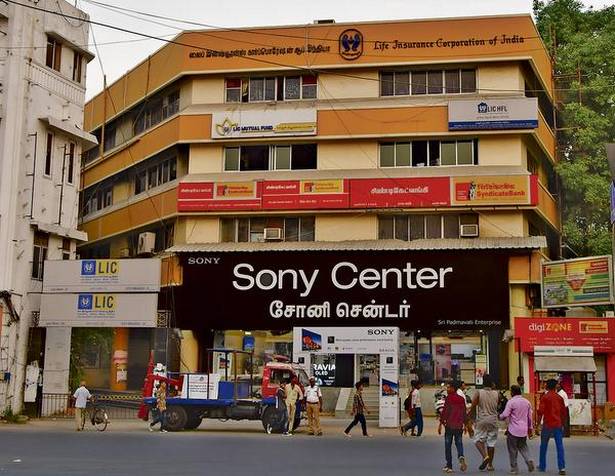
There are still Tawkers in Madras, but the name no long creates the awe it once did.
__________________________________
The news that the White Stem Borer (WSB) is back, threatening the three major coffee-producing districts of Karnataka; Kodagu, Chikmagaluru and Hassan, causing them to be declared “pest affected areas”, took my mind back to the horror stories I had read dating to when Leaf Blight / Leaf Rust and the Borer wiped out the coffee plantations of Ceylon and those in the Nilgiris-Wynaad. A South Indian planter wrote in 1896, “In all these once beautiful plantations, complete desolation now reigns…The destruction came in gradually from 1864-65, first by borer (1868) and completed by leaf disease (from 1875) caused by Hemileia vastatrix…The destruction that went on before one’s eyes would have to be seen to be believed.” Another writer wrote of the disaster, “Acre after acre, mile upon mile died out and what were once happy valleys became valleys of dry bones and there was no hope of resurrection.” But resurrection though there was. Anon.
Ceylon started planting coffee before South India, though there were small coffee gardens in Mysore State and Coorg long years before the 1830s when George Bird opened up the first coffee estate in the Island. By the 1860s, coffee was driving Ceylon’s economy. It was from those estates that the blight slowly spread into the Nilgiris. In South India, coffee on estate scale was first planted in 1798 by Murdoch Brown in Anjaracandy in North Malabar, but the effort did not take off. It was in the 1840s and 1850s that venturesome Europeans got into growing coffee on plantation scale. By 1870, there were 20,000 hectares of coffee in Mysore planted by Europeans from 1854 and producing 6,000 tonnes. However, in the same territory, there were nearly 28,000 ‘Native plantations’ with an area of 80,000 hectares and producing around 9,000 tonnes. Much of this escaped the coffee blight, whose spread from the Nilgiris was, fortuitously, slow. Coffee planting in the Nilgiris by “enthusiastic lunatics” began in the late 1850s and by 1863-64 there were 40 estates.
Resurrection came when Ceylon planters who had not sold their estates for a passage home began experimenting with tea in 1867 and made a success of it by the 1870s. South Indian tea, on the other hand, was slow to take off. The gold rush (Miscellany, April 23) was one of the reasons. It was not till James Finlay’s developed the Kannan Devan High Range that tea began to make slow but steady progress till South India became the major tea producer it is today. Its slow beginnings were in 1854 in Coonoor, on Thiashola estate, southwest of Coonoor. Post-Second World War, the tea industry in South India has boomed but despite ups-and-downs, it is one of the healthiest industries in the country. So is coffee today.
The chronicler of Madras that is Chennai tells stories of people, places, and events from the years gone by, and sometimes from today.
source: http://www.thehindu.com / The Hindu / Home> Society> History & Culture> Madras Miscellany / by S. Muthiah / May 07th, 2018
